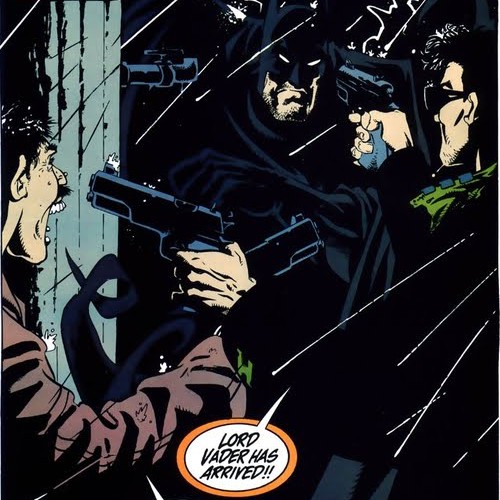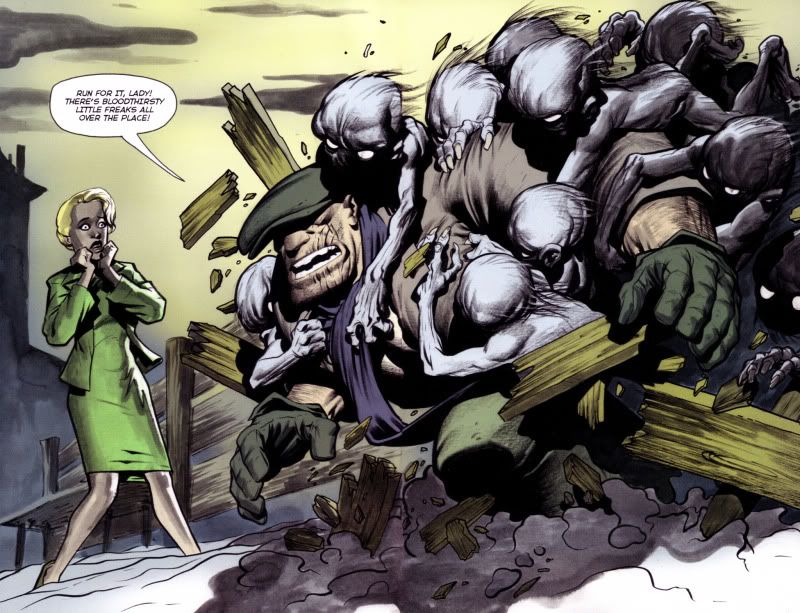Steamboat Willie, for those who came in late, was the third Mickey Mouse short developed by Walt Disney and his two-man team of animators after they were kicked off the Oswald the Lucky Rabbit series. The first two, Plane Crazy and Gallopin’ Gaucho were fairly straightforward gag reels. In the first, the cheeky little mouse tried to build a plane, succeeded and asked Minnie to ride with him. While in the air, he tried unsuccessfully to kiss her, a somewhat disturbing sequence because you don’t really expect to see the iconic character forcing himself on his soon-to-be-constant girlfriend. Galloping Gaucho has Mickey as a cowboy ( riding a bird, which wikipedia tells me is a rhea, and not an ostrich as I believed), encountering arch-nemesis Peg Leg Pete for the first time, as he abducts bar dancer Minnie. Cowboy Mickey sets off in hot pursuit on a thoroughly-sozzled bird, indulges in a stylish swordfight with Pete and rides off with Minnie into the sunset.
The two failed to evoke much interest because they were too similar to other funny animal cartoons of the time. Disney therefore began work on a third Mickey Mouse short, ambitiously decided to add sound to it, voicing the lead character himself in a falsetto that jars the first time you hear it. With Mickey as a jaunty sailor aboard a steamboat, it had recurring characters Peg Leg Pete as the ill-tempered captain and Minnie as a musical-minded passenger. Though billed as a “talking toon”, none of the characters have much to say. Minnie and Mickey squeal at opportune moments of distress and astonishment, Pete brays in anger and a mischieveous parrot laughs sarcastically at Mickey’s ill-treatment at the hands of the captain. What must have captured the popular imagination at the time, because Steamboat Willie was a roaring hit, unlike its predecessors, was the seamless use of music in the narrative. That, and the zany humour of Ub Iwerks.
Iwerks was one of the animators who stuck with Disney after the botched Oswald deal. Willie is billed as ‘a Walt Disney Cartoon, drawn by Ub Iwerks’, and it’s without doubt Iwerks’ magical hand that makes for much of the charm of the cartoon. At the peak of his career, he was rumoured to be drawing more than 600 figures a day, with Disney and Les Clark both chipping in, of course. While Disney is creditted with coming up with the Mickey Mouse character, after a pet mouse named Mortimer he had, Iwerks was the guy who fleshed out the familiar iconography – the circular ears, the short pants, the scraggly tail. Biographers portray Disney as the ambitious extrovert, the business-minded brains of the organization, while Iwerks was the sturdy work-horse artist chained to his table, demanding the most of his apprentices as Disney Studios began to expand.
A lot of weirdness pervades the six and a half minute Steamboat Willie. Pete barges in on the happy mouse whistling a tune to himself, infuriated by his carefree attitude at the rudder, he pulls at Mickey’s midriff, stretching it out like rubber. Which Mickey stubbornly rolls and puts back in his pants. Pete chews a wad of tobacco, a tooth magically slides open to allow him to spit the juice out, and the spittle richochets back into a hanging bell. Much amused, Pete tries it again, turning to the bell to see it ring again; the juice lands squarely on his face. Seventy years later, the sequence still manages to make me ( and the eleven-year-old son of a friend, who is watching it with me ) double up in laughter. Much unpolitically-correct hilarity follows when Minnie boards the boat – actually, Mickey helps her board with the help of a rather bashful hook, and a goat chews up her sheet music. The scene then becomes what Disney productions would soon be famous for – their song and dance sequences. Mickey proceeds to make music out of the most unlikely instruments – a washboard, squealing piglets, a cow’s teeth, even by whirling a cat by its tail.
The groan-worthy bit is that Disney evidently found that the song and dance sequences were more crowd-pleasing than the completely irreverent humour in the short. The flurry of Disney shorts that followed – sixteen in 1929, with twelve of them featuring Mickey, including The Barn Dance,The Opry House, When the Cat’s Away, The Karnival Kid – were all productions that showcased some musical set-piece with the characters. In most, notably The Opry House and The Barn Dance, the music was the only glue holding it all together, the gags far apart and added almost as an afterthought. They evoke an occasional smile, but do not enthrall you the way Steamboat Willie did, with its frenetic pace and no-holds-barred humour. Needless to add that Mickey Mouse, having become the official “face” of Disney, would no longer be the rascally Iwerks version he was in Plane Crazy and Steamboat Willie. Ultimately he would become a mouthpiece for energy conservation ( in a free comic distributed by Exxon in the late 1970s) and even a presidential candidate. One might argue that Disney’s clear-cut, family-friendly animation that kept the American cartoon industry stuck in a rut until the 90s, until the likes of Groening, Lasseter and Parker/Stone made the medium relevant again with their seminal vision, but financial success never eluded Disney and his legacy well until the eighties.
Ub Iwerks had a fall-out with Disney in 1930, just two years after Mickey Mouse came into being, when he chose to found a short-lived animation studio of his own with the help of a financier who was on the verge of bankrupting Walt Disney. Nothing much came out that venture, while Disney went from strength to strength. Over time, it’s not even evident that Mickey Mouse was a co-creation, not just one man’s vision, especially because latter-day releases on video and DVD avoid Iwerks’ name altogether. Iwerks did return to the Disney studio later, and worked on some visual effects for the company, but a host of talented newcomers had taken over most of his old ground.
This is one of the failed collaborations that bring to mind ideas of what might have been had the two friends remained partners – would Disney have come out of the song-and-dance template that it sank into in the decades that followed, had Iwerks been around?Or would Iwerks have faded into obscurity anyway, the way non-business-minded halves of partnerships seem destined to be? ( think Kirby/Ditko and Lee, Waeerkar and Pai).
( thoughts brought about after downloading a 36 GB gigatorrent of Disney shorts)






